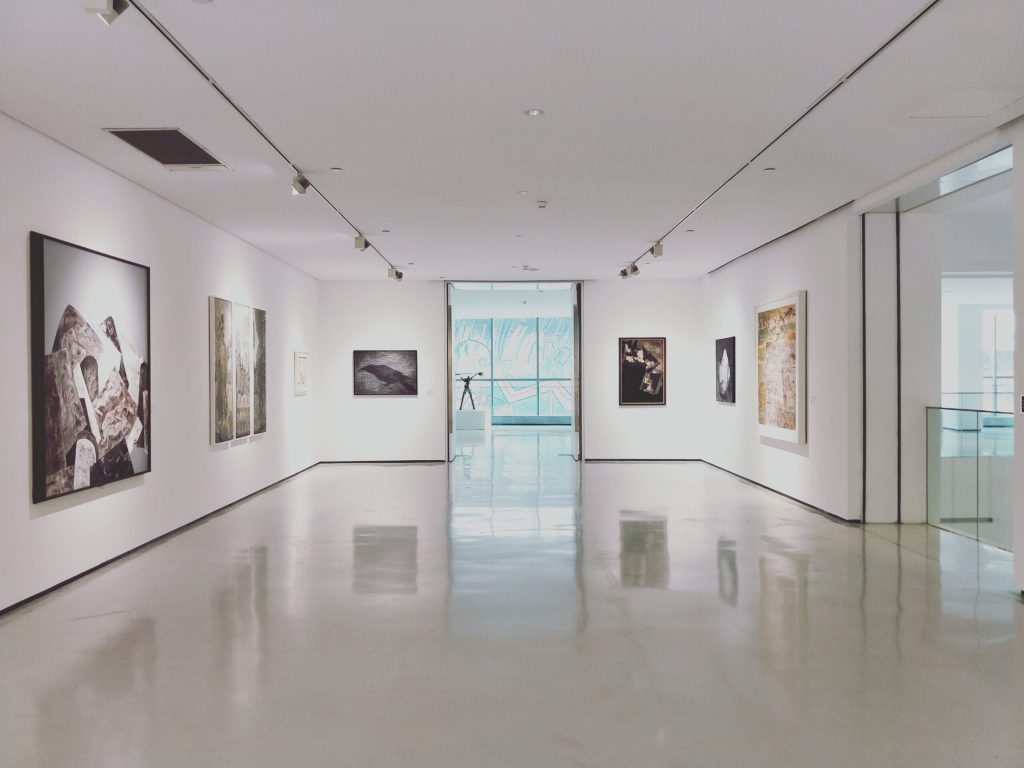This is not art: why people differ in their appreciation of (abstract) art

A few years ago, when I visited the Metropolitan Museum of Art, one of the paintings on display caught my attention. It was Autumn Rhythm, Number 30, by Jackson Pollock. Or rather, I was drawn by the many different ways in which people seemed to interact with the work. Some people appreciated the seemingly soothing patterns and fractals, while others mainly admired Pollock’s innovative action painting technique. While I tried to remember what I learned about Pollock during my art history classes in high school, I heard a woman voice her opinion about the painting: “I don’t understand why people like this painting, I feel like my child could have made this”. Even today, I still sometimes think about her remark. It makes sense that people enjoy most types of art: beautiful depictions of landscapes may remind you of nature’s beauty, listening to music can deeply move you, and portraits are often aesthetically pleasing. But seemingly meaningless splatters of paint? Why are some people drawn to abstract art whereas others are not? And what does this tell us about how we value art?
Autumn Rhythm, Number 30 by Jackson Pollock (1950).
The Treachery of Images, René Magritte (1929)
The treachery of the images: representation vs. visual properties and patterns?
One explanation that has been put forward to explain why (some) people like abstract art is that our brains are attracted to certain visual patterns and visual properties. Quite often, abstract art depicts such patterns, even though the work itself is not a representation of something concrete. Interestingly, some research indeed corroborates this idea, by showing that Pollock’s work is characterized by fractal dimensions, resembling patterns found in nature. Because there is no representational meaning in abstract art, it seems sensible that mainly the sensory properties of the work would inform how we value it. However, a recent study suggests that people don’t actually prefer abstract paintings based on their visual properties, but rather differentiate between paintings based on the verbal descriptions people use to describe them. Similarly, another study showed that how we value art is actually greatly informed by the intentionality we attribute to its maker. When we think back to the individual differences in valuation of the Pollock painting we observed earlier, these findings – and the idea that there’s more to appreciating art than visual input – make sense. After all, if our valuation would just be a function of sensory properties, shouldn’t all people like abstract art equally?
This is not a fake: our beliefs about artworks can change how we perceive and evaluate them
Clearly, when we look at (abstract) art, we take more factors into account than merely the visual sensory input. Contextual factors, such as our educational background, personal experiences and previous exposure to the artworks and their historical context likely also play an important role. This also becomes clear from studies on art forgeries: we perceive and evaluate a piece of art differently when we learn it is a forgery. We perceive genuine works to be more beautiful, larger and they appear closer to us – and are thought to have more monetary value. But above all, we seem to prefer authentic works because of their essentialism: their identity or value are determined by their history (like the way you might value a wedding ring). There is something important about them that cannot be observed in the visual properties. Interestingly, we can also observe that there is more to art than visual sensory input in the brain, when we look at how people value authenticity in paintings. Although the visual areas of our brains do not respond differently to artworks that are labeled as authentic or fake, greater activity was found in frontal brain areas when people looked at authentic paintings. These brain areas have been associated with more complex cognition and reward processing.
Conclusion
Why are some people drawn to (abstract) art whereas others are not? It turns out that, while we might appreciate certain patterns and fractals, the visual properties of the art are not necessarily what captivate us. Instead, contextual factors, such as prior experiences and knowledge about the painting, are likely much more important in determining why we like a painting*. Thus, we like (abstract) art because it matters to us, instead of what we see.
* Clearly, there is more to art than just paintings. However, most research conducted in this area uses (1) models that focus on the visual modality and (2) paintings are often the (visual) stimuli used in studies on art.
Contact
Erasmus University Rotterdam
Mandeville Building T13
Burgemeester Oudlaan 50
3062 PA Rotterdam, the Netherlands

